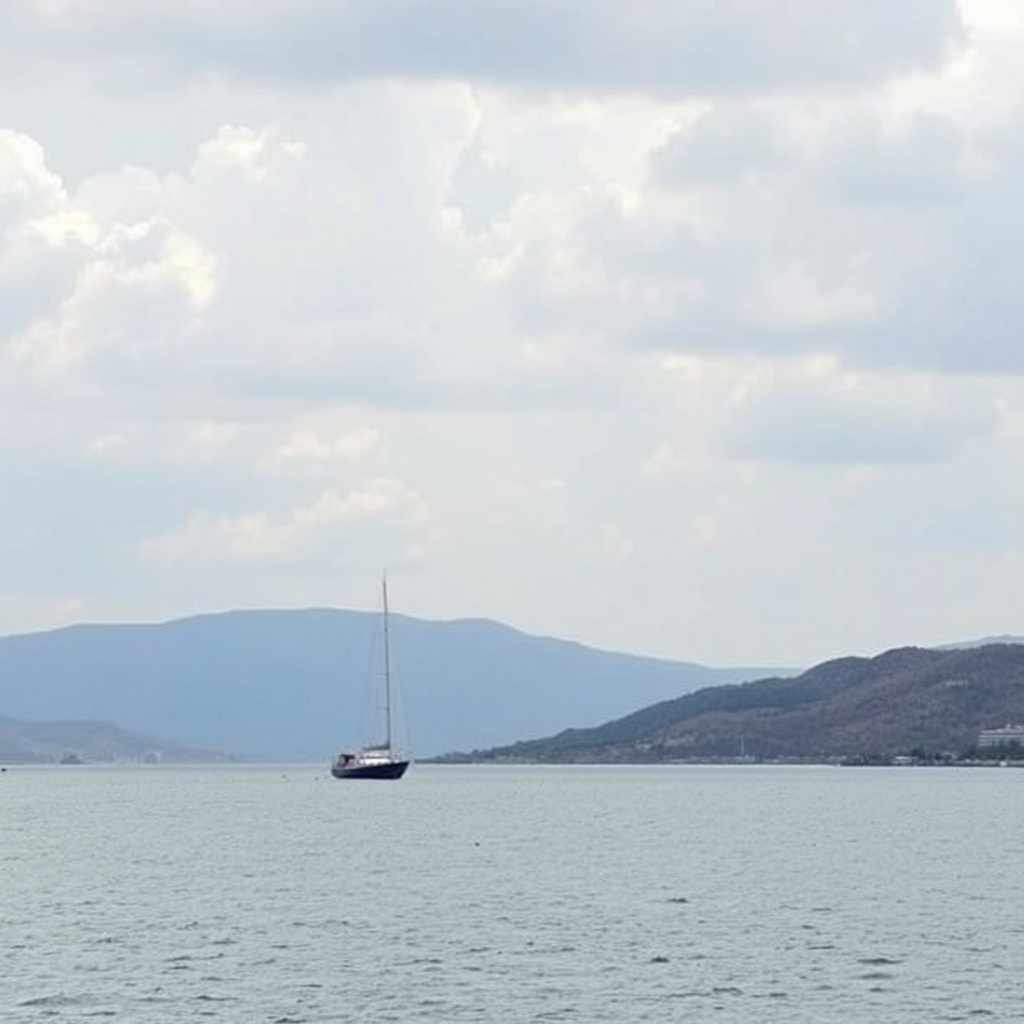The Sea of Galilee: A Timeless Crossroads of Faith, History, and Nature
According to the Gospels, Jesus walked on these waters, calmed storms with his words, and fed thousands with loaves and fishes along its shores.
The Sea of Galilee, despite its name, is actually a freshwater lake nestled in the Jordan Rift Valley in northern Israel. Known by several names throughout history—including Lake Tiberias, Lake Kinneret, and Lake Gennesaret—this body of water has served as a geographical and spiritual focal point for millennia. At approximately 13 miles long and 8 miles wide, it sits 686 feet below sea level, making it the lowest freshwater lake on Earth.
Fed primarily by the Jordan River, which flows through it from north to south, the Sea of Galilee has maintained its vital role as a source of fresh water in an otherwise arid region. Its Hebrew name, Kinneret, derives from the word "kinor," meaning harp, possibly referring to the lake's distinctive harp-like shape when viewed from above.
Biblical Significance and Sacred Stories
For Christians worldwide, the Sea of Galilee holds profound religious significance as the backdrop for many of Jesus's most important teachings and miracles. According to the Gospels, Jesus walked on these waters, calmed storms with his words, and fed thousands with loaves and fishes along its shores. The lakeside town of Capernaum served as Jesus's base of operations during much of his ministry, and it was here that he called his first disciples—fishermen like Peter, Andrew, James, and John—from their nets to follow him.
The Sermon on the Mount is traditionally believed to have been delivered on the hills overlooking the lake, and numerous parables drew imagery from the fishing culture that thrived on its waters. Today, pilgrims from around the world visit sites like the Church of the Multiplication of the Loaves and Fishes, the Mount of Beatitudes, and the ruins of ancient Capernaum to walk where Jesus is believed to have taught and performed miracles.

Archaeological Treasures and Ancient History
The shores of the Sea of Galilee have yielded remarkable archaeological discoveries that illuminate life in ancient times. Excavations have uncovered synagogues, fishing villages, harbors, and even an ancient boat dating to the first century CE—the so-called "Jesus Boat"—which provides invaluable insights into the maritime technology of Jesus's era. The region was densely populated during the Roman and Byzantine periods, with thriving communities engaged in fishing, agriculture, and trade.
Tiberias, built by Herod Antipas and named after Emperor Tiberius, became a major administrative center and remains an important city today. Archaeological evidence reveals sophisticated harbor installations, fish-processing facilities, and the remains of magnificent synagogues decorated with intricate mosaics. These discoveries paint a picture of a cosmopolitan region where Jewish, Greek, and Roman cultures intersected, creating the diverse social landscape that formed the backdrop for many biblical narratives.
Ecological Wonder and Natural Beauty
Beyond its historical and religious significance, the Sea of Galilee represents a unique ecological treasure in the Middle East. The lake supports diverse fish populations, including the famous St. Peter's fish (tilapia), which continues to be harvested by local fishermen using methods that have changed little over centuries. The surrounding landscape transitions from the fertile Jordan Valley to the Golan Heights, creating varied habitats that support both resident and migratory bird species.
The climate around the lake is subtropical, allowing for year-round agricultural activity and supporting date palms, citrus groves, and fields of wheat and barley. However, this ecological balance faces modern challenges. Climate change, increased water demands, and agricultural runoff have affected water levels and quality. The lake serves as Israel's primary freshwater reservoir, supplying water to much of the country through the National Water Carrier system, making its conservation crucial for the region's future.
Modern Life and Tourism
Today, the Sea of Galilee continues to be a vibrant center of activity, blending ancient traditions with modern life. Fishing remains important to the local economy, though it now shares the waters with tourism boats, water sports enthusiasts, and recreational fishing. The town of Tiberias has evolved into a resort destination, offering hot springs, luxury hotels, and waterfront promenades alongside its historical sites. Kibbutzim and moshavim around the lake engage in agriculture, aquaculture, and tourism, maintaining the region's connection to the land while adapting to contemporary economic realities.
The area attracts not only religious pilgrims but also nature lovers, hikers, and those seeking the therapeutic benefits of the mineral-rich hot springs. Boat rides across the lake offer visitors a chance to experience the same waters that featured so prominently in biblical accounts, creating a tangible connection between past and present.
A Living Testament to Continuity
The enduring significance of the Sea of Galilee lies not merely in its historical importance but in its role as a living testament to the continuity of human experience. Here, ancient traditions persist alongside modern innovations, sacred narratives intersect with scientific understanding, and the rhythms of natural life continue much as they have for thousands of years. Fishermen still cast their nets at dawn, pilgrims still gather along its shores to pray and reflect, and families still come to enjoy its waters and surrounding beauty. The lake serves as a reminder that some places transcend their physical boundaries to become repositories of human memory, faith, and aspiration.